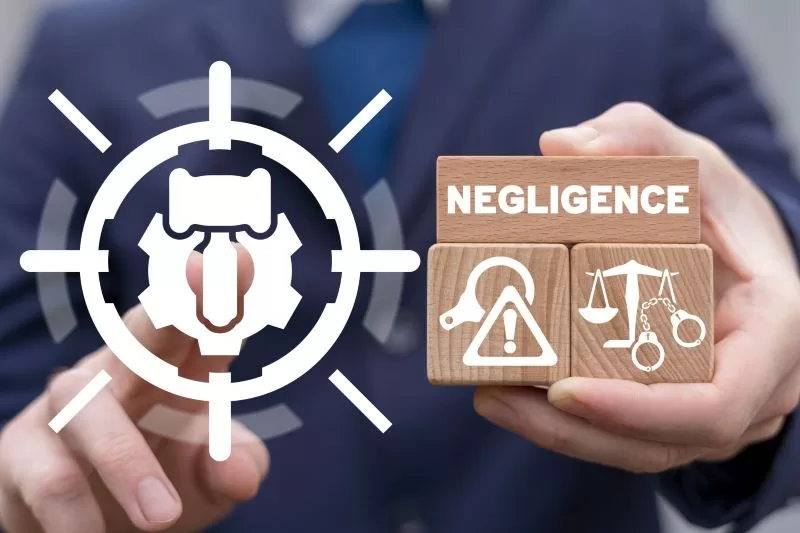Construction sites are inherently hazardous environments where workers are frequently exposed to risks such as heavy machinery, unstable structures, and hazardous materials. Despite stringent safety measures, accidents still occur, often leading to severe injuries or fatalities. Understanding the role of third-party negligence in these situations is vital, as it can significantly impact the outcome of construction injury claims.
Read on to learn why third-party negligence is crucial in construction injury claims.
Understanding Third-Party Negligence in Construction
Third-party negligence occurs when an entity or individual other than the injured worker’s employer contributes to an accident. Unlike workers’ compensation, which limits claims to employer liability, third-party claims allow injured workers to seek additional compensation for pain and suffering, loss of earning potential, and more.
Some common examples of third-party negligence in construction include:
- Faulty Equipment: Defective machinery or tools provided by manufacturers can lead to construction accidents. For instance, a crane with a malfunctioning mechanism can result in severe injuries.
- Negligent Subcontractors: Subcontractors who fail to adhere to safety protocols can create dangerous working conditions, putting other workers at risk.
- Property Owners: If a site owner doesn’t address known hazards, they may be held liable for injuries sustained due to unsafe conditions.
Indeed, when a construction worker is injured on-site, liability typically extends beyond the employer. Injuries may result from the actions or negligence of a third party, such as subcontractors, equipment manufacturers, or site owners. In such cases, identifying third-party negligence with the help of a knowledgeable construction accident lawyer becomes a pivotal element in seeking fair compensation. This legal professional can evaluate these factors and build a compelling case to recover damages.
Additionally, consulting with a personal injury lawyer is essential for understanding how broader legal principles apply to construction accidents, ensuring that all responsible parties are held accountable. These professionals can also bring expertise to navigating complex claims, particularly when third-party liability is involved.
The Importance of Identifying All Liable Parties
In construction injury cases, pinpointing third-party negligence broadens the scope of potential compensation. Workers’ compensation typically covers medical expenses and lost wages but doesn’t account for non-economic damages like emotional distress. Hence, a successful third-party claim can bridge this gap by holding additional entities accountable.
Furthermore, identifying all liable parties requires a detailed investigation. Evidence such as safety reports, eyewitness accounts, and equipment maintenance logs can help establish third-party responsibility. This meticulous approach ensures that injured workers receive the compensation they deserve, reflecting both their immediate and long-term needs.
Navigating the Legal Complexities of Third-Party Claims
Pursuing a third-party claim adds a layer of complexity to construction injury cases. Unlike workers’ compensation, which follows a no-fault system, third-party claims require the injured party to prove negligence. This process involves demonstrating the following:
- Duty of Care: The third party owed a duty to maintain a safe environment or provide safe equipment.
- Breach of Duty: The third party failed to uphold their responsibilities.
- Causation: The breach directly caused the injury.
- Damages: The injury resulted in measurable losses, such as medical bills or reduced earning capacity.
Building a successful claim requires legal expertise, making it crucial to work with attorneys experienced in third-party cases.
Third-Party Claims vs. Workers’ Compensation: Key Differences
Understanding the differences between workers’ compensation and third-party claims is essential for injured workers seeking maximum compensation. Workers’ compensation offers guaranteed benefits but limits payouts and restricts claims to employer liability. Third-party claims, however, allow injured workers to pursue additional damages, such as:
- Pain and suffering
- Emotional distress
- Punitive damages (in cases of gross negligence)
For example, if a worker falls due to a faulty scaffolding system provided by a subcontractor, they may be eligible for workers’ compensation benefits from their employer and additional compensation through a third-party claim against the subcontractor.
The Role of Legal Representation in Third-Party Claims
Navigating the complexities of third-party negligence requires skilled legal representation. A construction accident lawyer can help identify all liable parties, gather evidence, and develop a strategy for pursuing maximum compensation. Similarly, a personal injury lawyer can provide invaluable insight into broader legal frameworks, ensuring no avenues for compensation are overlooked.
Moreover, attorneys play a pivotal role in negotiating with insurance companies, who aim to minimize payouts. Legal experts advocate for the injured worker’s rights, leveraging their knowledge of personal injury law to achieve favorable outcomes.
Conclusion: Why Third-Party Negligence Matters
Third-party negligence is a crucial factor in construction injury claims, offering injured workers the opportunity to seek additional compensation beyond workers’ compensation benefits. Legal representation is key in these cases. Attorneys specializing in construction accidents and personal injury claims can bring the expertise necessary to navigate complex legal frameworks, ensuring fair and just outcomes for injured workers.
Lastly, by keeping the information mentioned above in mind, victims can address both their immediate medical needs and long-term financial and emotional well-being.


